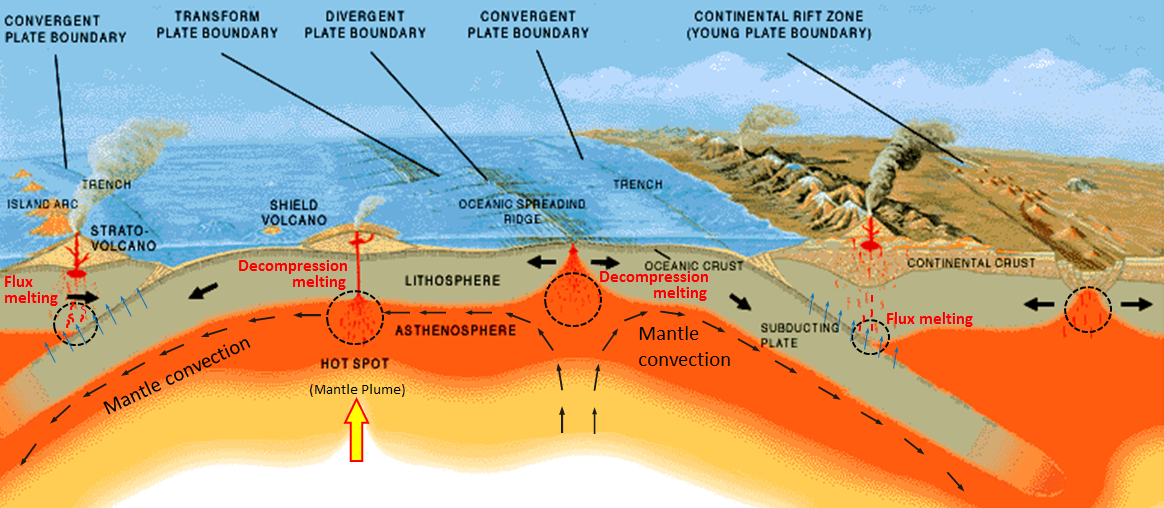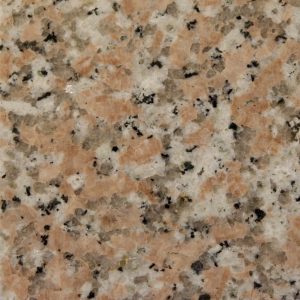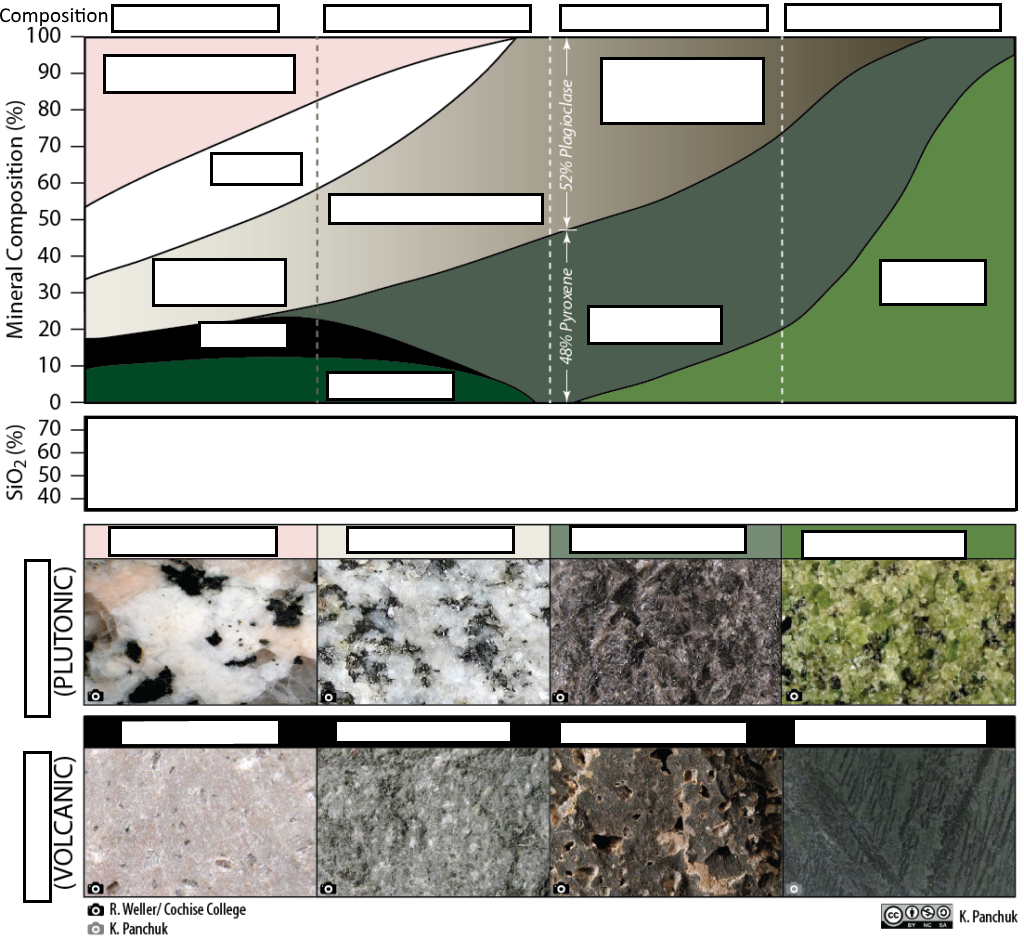7.3. Igneous Rocks – Review Questions
- What are igneous rocks? What are the two main kinds of igneous rock?
- What minerals would you expect to see in a granite? In a basalt?
- Describe the common igneous rock textures. Pay particular attention to differences in mineral crystal size in your descriptions.
- What is the difference between phaneritic, aphanitic, and porphyritic textures? Draw examples of each in the circles below, and point out key features of each texture.
- What are the differences between felsic and mafic rocks?
- Name an example a rock type where the colour (dark vs light minerals) of the rock is not representative of the composition (felsic vs mafic) of the rock.
- What are the seven common types of igneous rock? What is their composition and texture? Where do they fit on the igneous classification diagram (Figure 7.13)?
- Assuming constant temperature, how do changes in pressure or water content influence the melting temperature of rock?
- What is the aphanitic equivalent of granite?
- What is the phaneritic equivalent of basalt?
- How does magma (or lava) composition relate to the viscosity of magma (or lava)?
- Describe the process of mineral crystallization in a magma.
- Draw and describe the characteristics of the different types of igneous intrusions.
- Where in the diagram below (Figure 7.3.1) would you expect to find basalt? Gabbro? Diorite? Granite?

- Describe how the composition of magma changes during the process of fractional crystallization. Draw a three panel figure illustrating this process, highlighting (a) which crystals form first as the magma begins to cool, and (b) changes in the composition of the magma before, during, and after the first crystals form and sink to the bottom of the magma chamber (see textbook Figure 7.11 and 7.12 and associated text for guidance).
- Looking at image “a” below:
- What is the overall texture of this rock?
- What is the composition of this rock?
- Looking at image “b” below:
-
- What is the overall texture of this rock?
- What is the texture of the matrix?
- What is the composition of this rock?
-
 |
 |
- Practice filling in the igneous rock classification diagram below (Figure 7.3.4). ***If you understand and memorize this diagram, it will be very useful to you in exams!*** Note: for the Si (silicon) content, indicate the approximate change in values across the different compositions by drawing a line along the box at the approximate Si % values for each rock type. The overall trend is the most important part of this section of the diagram.

Extra review questions that may be covered in lecture (depending on your professor) that are not completely covered in the the textbook readings:
- Describe the processes that lead to magma differentiation.



